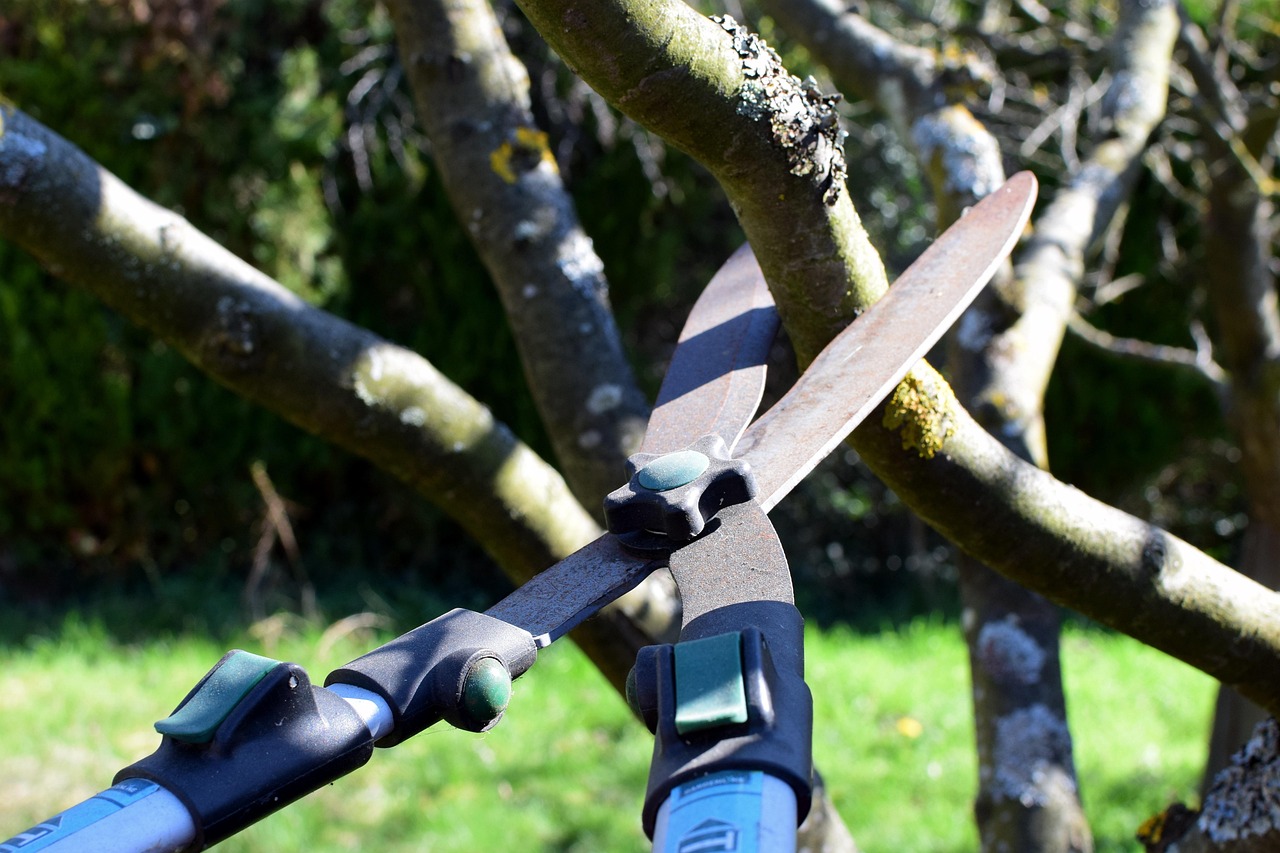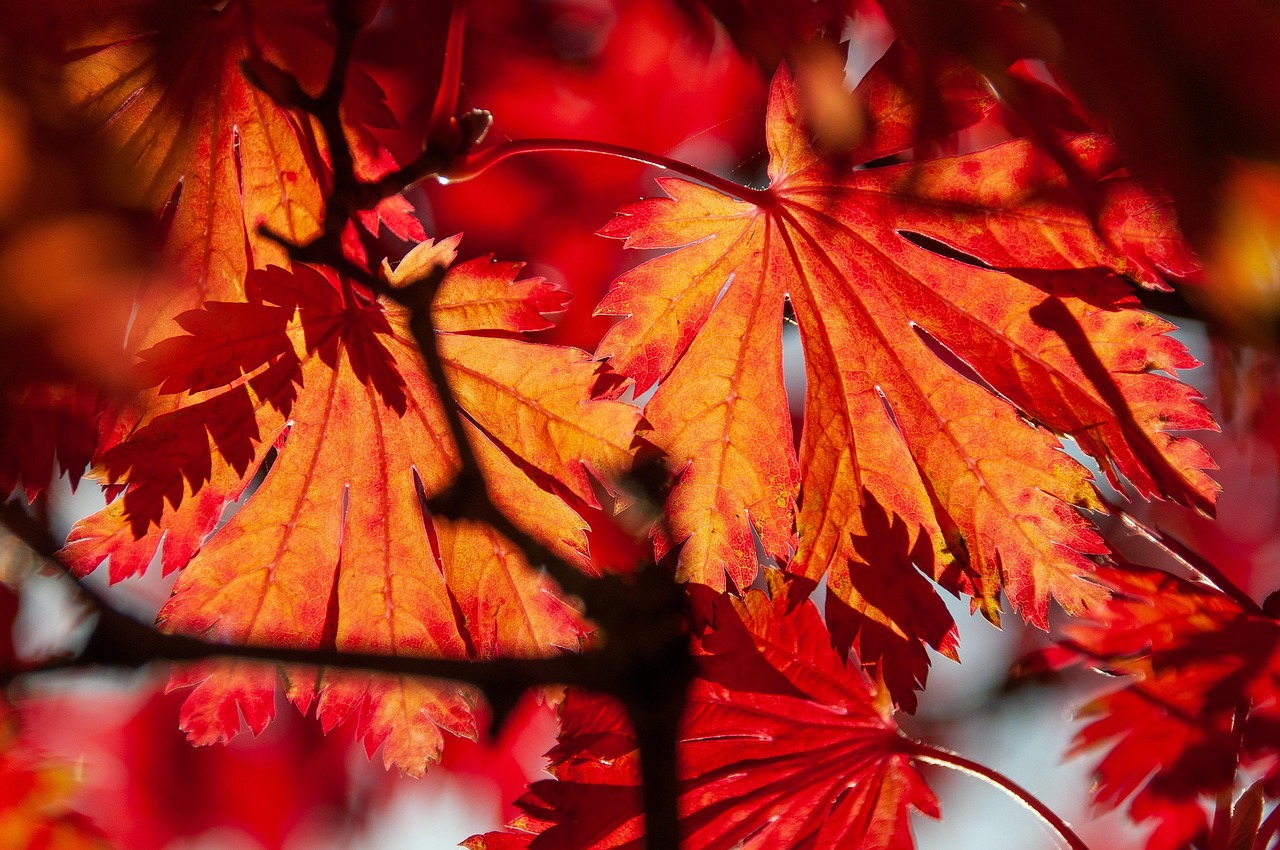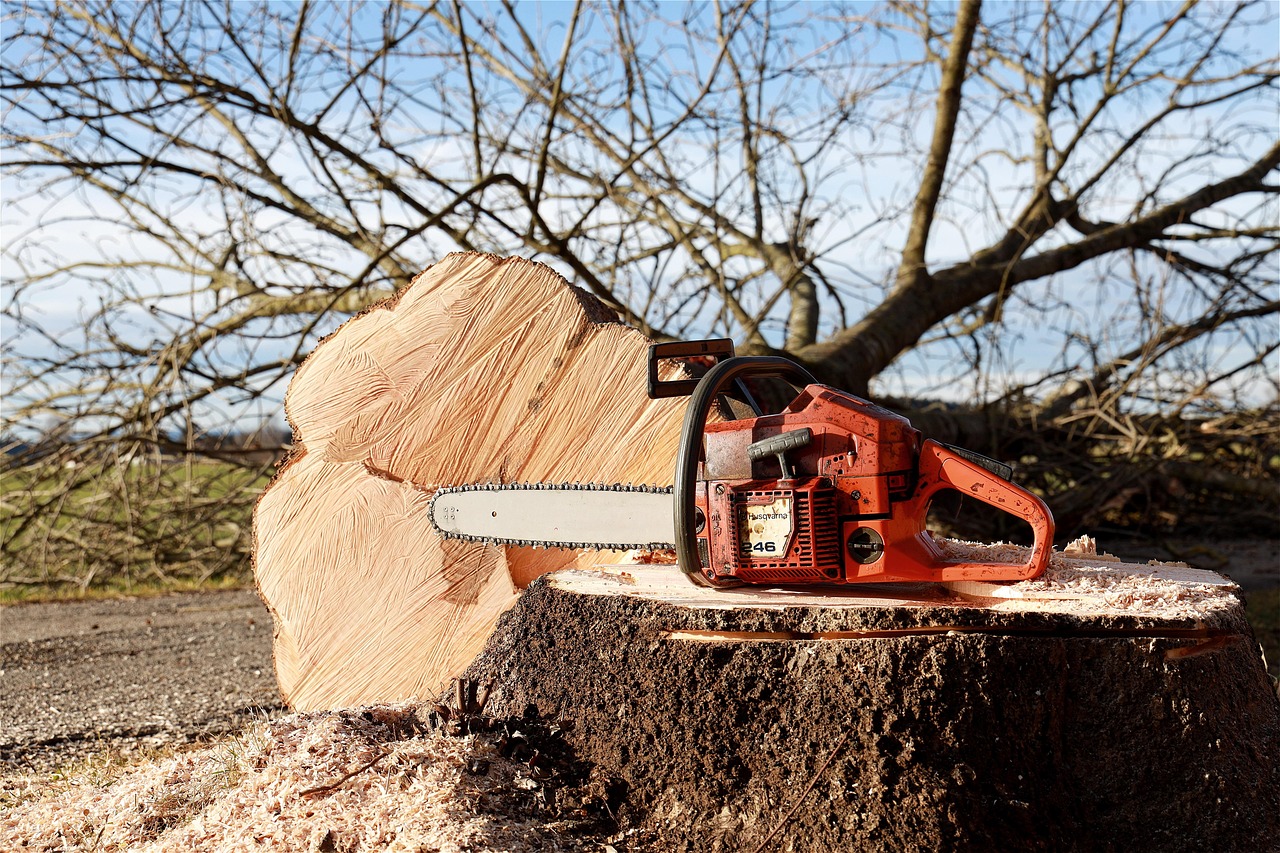An orange tree pruning diagram serves as a visual guide to help gardeners understand the best practices for pruning their trees. It illustrates the critical cuts needed to maintain tree health, enhance fruit production, and shape the tree effectively.
Pruning is an essential practice for maintaining healthy orange trees. Regular pruning helps remove dead or diseased branches, improves air circulation, and encourages more fruitful growth. Knowing how and when to prune can significantly impact the tree’s productivity and overall health.

Understanding the structure of an orange tree is vital for effective pruning. Orange trees typically have a central leader with lateral branches. The main goal of pruning is to create a balanced shape while allowing sunlight to penetrate the canopy. This ensures that all parts of the tree receive adequate light, which is crucial for fruit development.
| Pruning Type | Description | Best Time |
|---|---|---|
| Thinning | Removes selected branches to improve airflow and sunlight exposure. | Late winter or early spring |
| Heading Back | Shortens branches to promote bushier growth. | Early spring |
| Cleaning | Removes dead or diseased wood to maintain tree health. | Any time of year |
| Shaping | Alters the tree’s shape to achieve a desired appearance. | After harvest, in late winter |
Understanding the Basics of Orange Tree Pruning
Before delving into specific techniques, it is important to grasp some basic concepts related to orange tree pruning. The primary objective is not just to cut branches but to foster a healthy structure that will support abundant fruiting. Proper pruning encourages new growth and allows for better access to nutrients.
The ideal time to prune orange trees depends on several factors, including local climate and tree age. Generally, the best time for major pruning is during the late winter or early spring before new growth begins. This timing minimizes stress on the tree and maximizes recovery.

When pruning, it is essential to use sharp, clean tools. This prevents damage to the tree and reduces the risk of disease transmission. Common tools include hand pruners, loppers, and saws depending on the size of the branches being cut.
Key Pruning Techniques for Orange Trees
Several key techniques can be employed when pruning orange trees. Each method serves a unique purpose and contributes to the overall health and productivity of the tree.
Thinning
Thinning involves removing entire branches back to their point of origin. This technique allows more light into the center of the tree and improves air circulation. Thinning is particularly effective for older trees that may become dense over time.

Heading Back
Heading back is the process of shortening branches by cutting them back to a bud or lateral branch. This encourages bushier growth and can help control the height of the tree. Heading back should be done with care to avoid cutting too much at once.
Cleaning
Cleaning consists of removing dead, damaged, or diseased wood from the tree. This is crucial for preventing disease spread and ensuring that the tree can focus its energy on healthy growth. Cleaning can be performed at any time during the growing season as needed.
Shaping
Shaping involves strategically cutting branches to achieve a desired form. This technique is often used when establishing young trees but can also be applied to mature trees that need a refresh. Maintaining a well-shaped canopy improves fruit production and makes harvesting easier.

Each pruning technique can be illustrated effectively through a pruning diagram. A diagram typically highlights where cuts should be made and indicates which branches should be removed. By following these visual cues, gardeners can prune their orange trees more confidently and correctly.
Implementing Your Pruning Plan
Creating a pruning plan based on your specific trees is essential. Consider factors such as tree age, species, and local growth patterns when developing your strategy. A well-structured plan will incorporate various techniques throughout the seasons.
It may be helpful to keep a pruning journal. Recording what was pruned, when it was done, and any observations about tree health can provide valuable insights for future pruning sessions. Over time, gardeners can refine their approach based on what works best for their specific trees.
In addition, consulting local gardening resources or extension services can provide tailored advice based on regional conditions and specific orange varieties. Local experts can offer guidance on pests, diseases, and other factors that may affect your pruning strategy.
By integrating these insights with a clear understanding of pruning techniques, gardeners can ensure their orange trees thrive and produce fruit for many years to come.
Tools and Equipment for Pruning Orange Trees
Using the right tools for pruning is crucial for achieving clean cuts and minimizing damage to the tree. A variety of tools are available, each designed for specific tasks. Below, we outline the essential tools every gardener should consider for effective orange tree pruning.
Essential Pruning Tools
- Hand Pruners: Ideal for small branches, these can easily cut through stems up to ¾ inch thick. They provide precision and control.
- Loppers: These are longer handled pruning shears used for cutting branches that are too thick for hand pruners, typically up to 2 inches in diameter.
- Saws: For larger branches, a pruning saw is essential. Choose a saw that is lightweight and easy to handle.
- Secateurs: These are similar to hand pruners but excel in cutting small, delicate stems and flowers with ease.
- Gloves: Protective gloves are important to avoid cuts and scrapes while handling thorny branches.
- Ladders: If your orange tree is tall, a sturdy ladder may be necessary to reach higher branches safely.
Maintenance of Pruning Tools
To ensure longevity and effectiveness, proper maintenance of pruning tools is essential. Here are some tips:
- Clean Tools: After each use, wipes down tools with a cloth to remove sap and debris.
- Sharpen Blades: Regularly sharpen blades to ensure clean cuts. Dull blades can crush branches instead of cutting them, leading to potential injury.
- Oil Moving Parts: Apply oil to the moving parts of tools to prevent rust and maintain smooth operation.
- Store Properly: Keep tools in a dry place to prevent moisture accumulation, which can lead to rust and damage.
Understanding Growth Patterns of Orange Trees
To prune effectively, it is important to understand how orange trees grow. Recognizing growth habits can guide gardeners in making more informed pruning decisions.
Growth Stages of Orange Trees
Orange trees go through several growth stages throughout their life cycle. Understanding these stages helps determine the appropriate time for pruning.
- Young Tree Stage: In this stage, trees focus on establishing strong roots and a solid structure. Minimal pruning is recommended to allow for natural growth.
- Juvenile Stage: As the tree matures, more significant growth occurs. This is an ideal time for shaping and thinning to promote a healthy canopy.
- Mature Stage: Mature trees require regular maintenance pruning to remove dead or excessive growth. This helps sustain fruit production and manage tree size.
- Declining Stage: Older trees may become less productive. Strategic pruning can rejuvenate these trees and encourage new growth.
Factors Influencing Growth
Several factors influence the growth patterns of orange trees, including:
- Soil Quality: Nutrient-rich soil supports healthy growth and fruit production. Regular soil testing can identify deficiencies that may need addressing.
- Watering Practices: Consistent watering promotes healthy growth. However, over-watering can lead to root diseases that affect the tree’s health.
- Sunlight Exposure: Orange trees require full sun for optimal fruit production. Pruning helps ensure that sunlight reaches all areas of the tree.
- Pests and Diseases: Keeping an eye out for signs of pests or diseases can help maintain tree health. Early intervention is key to preventing extensive damage.
Common Mistakes in Orange Tree Pruning
Many gardeners make mistakes when pruning their orange trees, which can lead to poor growth or reduced fruit production. Here are some common errors to avoid:
- Over-Pruning: Removing too many branches can stress the tree and reduce fruit yield. Always follow a structured plan and avoid drastic cuts.
- Ignoring Tree Structure: Failing to consider the natural shape of the tree may lead to an unbalanced structure. Aim for an open center that allows light in.
- Pruning at the Wrong Time: Pruning during active growth periods can hinder the tree’s ability to recover. Stick to the recommended timing for each technique.
- Poor Tool Hygiene: Using dirty or dull tools can spread diseases between plants and result in jagged cuts. Ensure tools are clean and well-maintained.
Avoiding these common mistakes will significantly improve your pruning results, ensuring your orange trees remain healthy and productive.
The Importance of Seasonal Pruning
Seasonal pruning is vital for maintaining the health and productivity of orange trees. Each season presents unique opportunities and challenges for tree care.
Winter Pruning
This is often the best time for major pruning tasks. Severe weather has not yet begun, which allows trees time to heal before spring growth begins. Focus on removing dead or diseased wood during this period.
Spring Pruning
As new growth begins, it’s crucial to assess the tree’s structure. Heading back cuts made in early spring promote bushier foliage, ensuring that sunlight reaches all parts of the tree as it grows. Light thinning can also occur if necessary.
Summer Pruning
This time is ideal for minor adjustments. Removing any unwanted growth helps maintain shape without stressing the tree during its active growing phase. It also helps control pests that may thrive in dense foliage.
Fall Pruning
While major pruning should be avoided in fall due to the onset of dormancy, light cleaning of any dead or diseased branches can still be beneficial. This prepares the tree for winter by reducing potential disease spread.
By understanding these aspects of seasonal pruning, gardeners can effectively manage their orange trees throughout the year, leading to healthier plants and better yields.
Identifying the Right Time to Prune Orange Trees
Knowing when to prune orange trees is essential for ensuring healthy growth and maximizing fruit production. Timing can vary based on regional climates, tree age, and specific varieties. This section explores various considerations to help determine the optimal pruning schedule for your orange trees.
Climate Considerations
The local climate plays a significant role in deciding when to prune. Different regions have unique weather patterns that affect tree dormancy and growth cycles. Here are some key points to consider:
- Temperate Climates: In regions with distinct seasons, winter is typically the best time for major pruning, as trees are dormant. This minimizes stress and promotes healthy regrowth in spring.
- Tropical Climates: In tropical areas, where temperatures remain consistent year-round, pruning may be less rigid. Assessing growth cycles is essential, focusing on cuts during the dry season to avoid disease spread.
- Subtropical Climates: For subtropical areas, late winter or early spring is generally recommended for pruning. This timing allows trees to recover before the onset of warmer months.
Tree Age and Health
The age and health of the tree can also dictate when to prune. Younger trees require different care compared to mature ones:
- Young Trees: Focus on formative pruning during the first few years to establish a strong structure. This is usually done during late winter or early spring.
- Mature Trees: For established trees, annual pruning is beneficial. Evaluate tree health before pruning, and avoid cutting if the tree shows signs of stress or disease.
- Declining Trees: If an older tree is struggling or declining, a more cautious approach is necessary. Light pruning during active growth can help rejuvenate the tree without over-stressing it.
Understanding Pruning Cuts and Their Effects
Each type of cut made during pruning has specific effects on the tree’s growth and fruit production. Understanding these cuts can improve your pruning strategy.
Types of Pruning Cuts
- Heading Cuts: These involve cutting back a branch to a bud or lateral branch. Heading cuts encourage bushier growth and can help control size.
- Thinning Cuts: Thinning cuts remove entire branches back to their point of origin. This increases light penetration and air circulation within the canopy.
- Reduction Cuts: Reduction cuts shorten a branch by removing the terminal portion. This helps maintain a desired shape without sacrificing overall tree health.
- Clean Cuts: Clean cuts are smooth cuts made at a slight angle, which promote quick healing and reduce the risk of disease.
The Impact of Pruning Cuts on Growth
The type of cut made during pruning can significantly influence how the tree responds:
- Encouraging New Growth: Heading cuts stimulate new shoots from buds below the cut, promoting dense foliage.
- Controlling Tree Height: Reduction cuts can effectively manage the height of the tree while maintaining its health.
- Enhancing Fruit Production: Thinning cuts can lead to increased light exposure for remaining branches, improving fruit quality and yield.
- Aiding Recovery: Clean cuts heal faster, reducing the chance of infection and allowing the tree to recover quickly from pruning stress.
Pest and Disease Management During Pruning
Pest and disease management is an integral part of orange tree care. Pruning provides an opportunity to inspect trees for signs of trouble and take preventive measures.
Common Pests Affecting Orange Trees
Several pests can harm orange trees, affecting their health and fruit production:
- Aphids: Small insects that feed on sap and can cause leaf curling. Look for clusters on new growth.
- Citrus Leafminer: This pest creates tunnels in leaves, leading to significant damage. Early detection is crucial.
- Citrus Thrips: Tiny insects that cause scarring on fruit and leaves. They thrive in warm conditions.
- Scale Insects: These pests appear as small bumps on branches and leaves, sucking sap and weakening the tree.
Disease Recognition
Understanding common diseases can help you manage potential threats effectively:
- Root Rot: Often caused by over-watering, this disease leads to yellowing leaves and stunted growth.
- Citrus Canker: This bacterial infection causes lesions on leaves and fruit, affecting overall tree health.
- Greening Disease (Huanglongbing): A serious disease transmitted by pests, leading to uneven ripening and bitter fruit.
Pest and Disease Management Techniques
When pruning, take proactive measures against pests and diseases:
- Inspect Regularly: Check for signs of pests or diseases during each pruning session. Early detection increases treatment effectiveness.
- Remove Infected Material: Cut away any diseased or infested branches to prevent spreading. Dispose of them properly rather than composting.
- Use Organic Treatments: Consider using organic pesticides or fungicides if necessary, focusing on those that target specific issues without harming beneficial insects.
- Maintain Healthy Practices: Ensure proper watering, fertilization, and sunlight exposure to keep trees resilient against pests and diseases.
The Role of Mulching in Tree Health
Mulching is an often-overlooked practice that can significantly benefit orange trees, especially following pruning activities. Applying mulch helps retain moisture, suppress weeds, and improve soil quality.
Selecting the Right Mulch
Choosing appropriate mulch material is important for effectiveness. Here are some common options:
- Bark Mulch: Made from shredded tree bark, this option breaks down slowly and enriches soil over time.
- Wood Chips: Similar to bark mulch but larger in size, wood chips provide excellent moisture retention and weed suppression.
- Pine Needles: These work well for acid-loving plants and create a natural barrier against weeds.
- <strong Straw or Hay: These materials decompose quickly but may introduce weed seeds if not properly sourced.
Applying Mulch Effectively
The following guidelines will help ensure effective mulch application around your orange trees:
- Depth: Apply mulch at a depth of 2-4 inches around the base of the tree while avoiding direct contact with the trunk.
- Avoid Over-Mulching: Too much mulch can lead to moisture retention issues around the trunk, increasing the risk of rot.
- Mulch Maintenance: Replenish mulch as it decomposes each season to maintain its effectiveness in weed suppression and moisture retention.
This integrated approach not only improves tree health but also promotes better fruit production while creating a more manageable growing environment for orange trees.
Additional Considerations for Orange Tree Pruning
As you become more experienced in pruning your orange trees, there are additional factors to consider that can enhance your gardening practices. These considerations can help you optimize your pruning strategy and contribute to the overall health and productivity of your trees.
Understanding Varietal Differences
Different varieties of orange trees may have unique growth patterns and pruning needs. Familiarizing yourself with the specific type of orange tree you are growing can lead to better pruning outcomes:
- Valencia Oranges: Known for their sweet flavor, these trees benefit from strategic thinning to maximize sunlight exposure.
- Navel Oranges: This variety tends to grow more upright, requiring shaping cuts to maintain balance and prevent overgrowth.
- Blood Oranges: These trees may need more frequent monitoring for pests due to their dense foliage. Pruning helps improve airflow.
- Mandarins: Generally smaller, these trees benefit from less aggressive pruning, focusing on cleaning and light shaping.
Soil Health and Fertility
Healthy soil is vital for the successful growth of orange trees. After pruning, consider enhancing soil health through amendments:
- Fertilization: Apply a balanced fertilizer after pruning to provide essential nutrients that promote recovery and growth.
- Soil Testing: Regularly test soil to monitor pH and nutrient levels. Adjusting soil composition can significantly impact tree health.
- Composting: Incorporate organic compost into the soil to improve structure, drainage, and nutrient availability.
Watering Practices
Appropriate watering is crucial, especially following significant pruning efforts. Here are some guidelines:
- Adequate Watering: Ensure trees receive sufficient water after pruning, as this supports recovery. However, avoid waterlogging.
- Monitoring Soil Moisture: Use a moisture meter or perform a simple finger test to assess when watering is needed.
- Drip Irrigation: Consider implementing drip irrigation systems to deliver consistent moisture directly to the roots.
Harvest Timing and Practices
The timing of fruit harvest is closely linked to the health of your orange trees. Proper pruning can enhance fruit quality and yield, so consider the following:
- Harvesting at Peak Ripeness: Picking oranges at their peak ripeness ensures the best flavor and texture. Monitor fruit color and firmness.
- Avoiding Damage: Use proper harvesting techniques to avoid damaging branches during fruit collection. This helps maintain tree health for future seasons.
- Post-Harvest Care: After harvesting, inspect trees for any signs of stress or damage that may require attention before the next pruning cycle.
Final Thoughts
Pruning orange trees is a critical practice that directly impacts their health and productivity. Understanding the various techniques, seasonal timing, and specific needs of different varieties can significantly enhance your gardening success. By integrating proper tools, techniques, and maintenance practices, you can ensure your trees thrive and produce abundant, high-quality fruit.
The key takeaways from this article include the importance of:
- Regular and strategic pruning tailored to the age and variety of your orange tree.
- The role of seasonal care in optimizing tree health, including proper watering and mulching techniques.
- The significance of pest and disease management during and after pruning activities.
- The benefits of understanding soil health and fertility for long-term tree vitality.
Armed with this knowledge, you can confidently approach the pruning of your orange trees, ultimately leading to a flourishing orchard that provides delicious fruit for years to come. Happy gardening!
